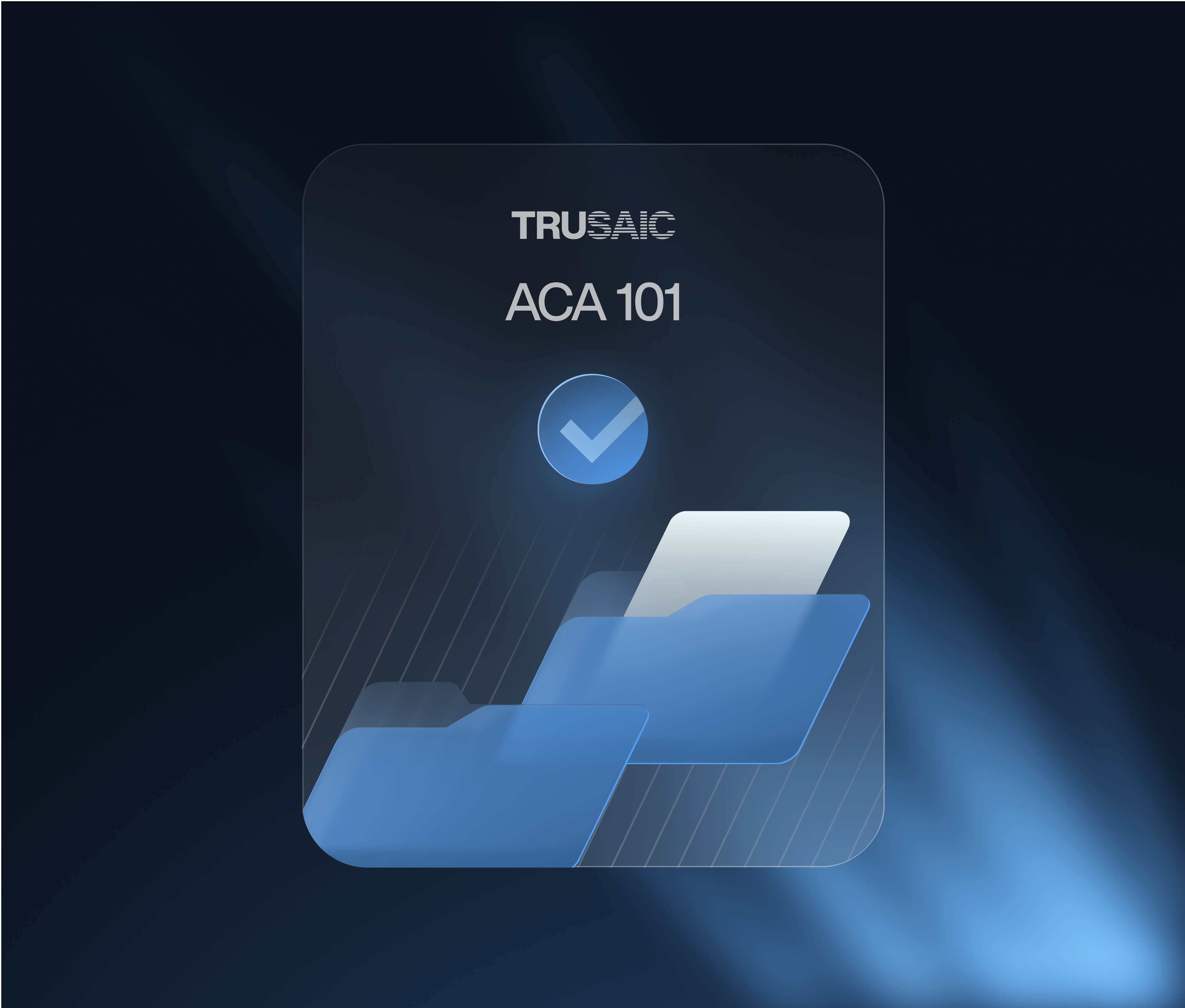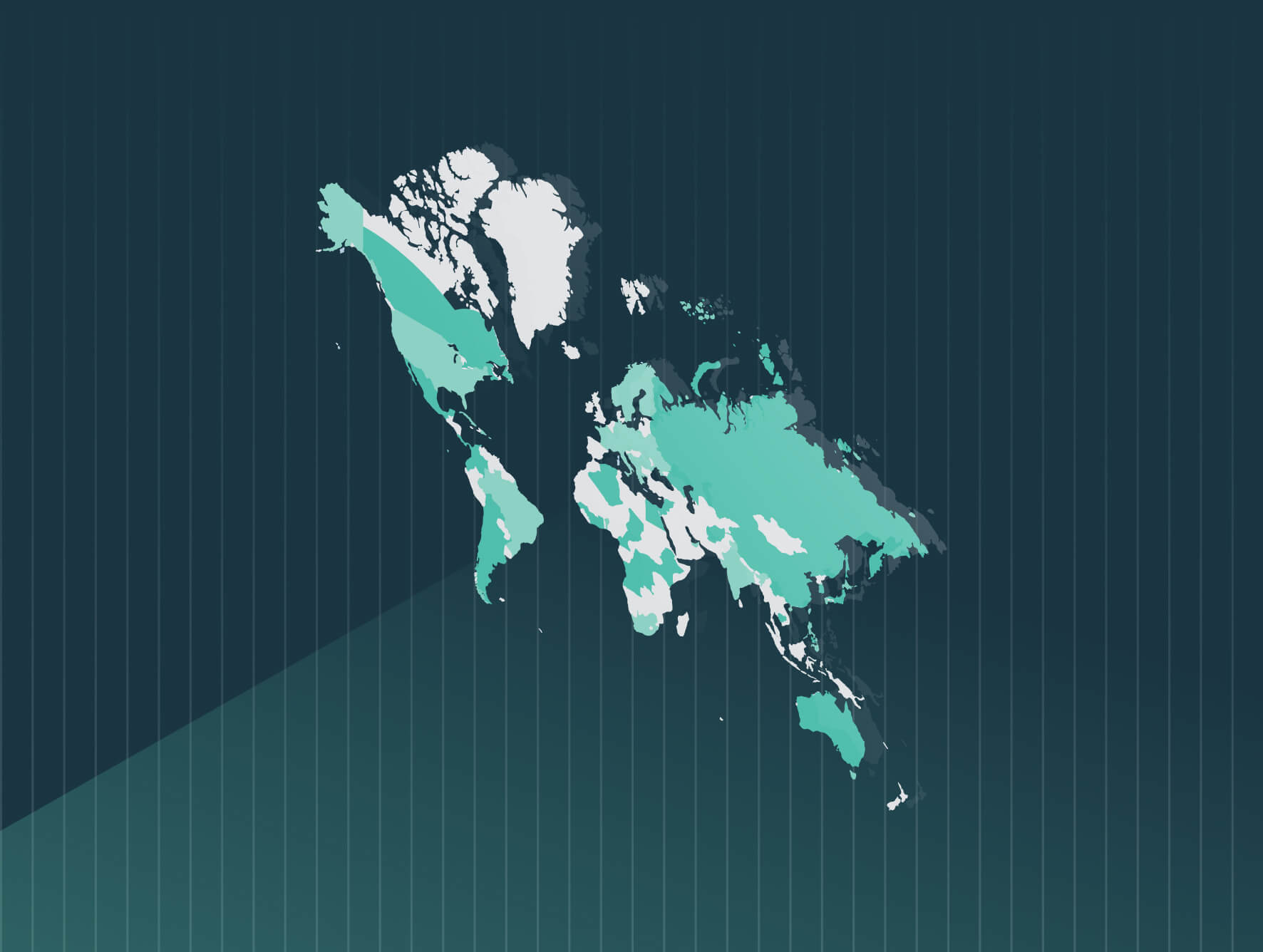Canadian employers that are unionized or have 100 or more employees must have their pay equity plans finalized and posted by Sept. 3, 2024.
The plans must be prepared by way of a pay equity committee that is composed of various workplace representatives. Federally-regulated organizations with 10 or more employees are also required to prepare and post a plan.
This is a main requirement under the Pay Equity Act that was passed in December 2018 and came into force Aug. 31, 2021. The act required employers to develop a pay equity plan within three years; hence the fast-approaching deadline.
What Is Included in Pay Equity Plans?
Applicable employers were required to establish a pay equity committee to undertake the development of the pay equity plan. The pay equity plan, which had to be developed by July 5, 2024, must contain the following components:
- Identify job classes in the workplace (i.e. positions that share certain similarities);
- Determine which job classes are commonly held by women and which ones are commonly held by men;
- Value the work done in each of these job classes;
- Calculate total compensation in dollars per hour for each predominantly male and female job class; and,
- Determine whether there are differences in compensation between jobs of equal value.
Employees were given a minimum of 60 days to provide written comments on the plan to be considered. The final version, which is due Sept. 3, must be posted along with the notice of pay increases.
What’s Next?
Once the final version of the pay equity plan has been posted, employers must correct any pay equity gaps. This is done by increasing the compensation of employees in jobs that are not receiving equal pay for work of equal value.
These increases in compensation are payable in full the day after the final version of the plan is posted; however, employers may be allowed to phase in these increases, according to the Canadian Human Rights Commission.
Optimize Pay Disparity Remediation Efforts With Software
If the total amount of the increases in compensation that are owed to all employees is greater than 1% of the employer’s annual payroll, the employer may phase in the increases over a number of years.
Timelines for doing so differ depending on the number of employees:
- Employers with 10 to 99 employees who qualify must phase in the increases in compensation within five years of posting their plan.
- Employers with 100 or more employees who qualify must phase in the increases in compensation within three years of posting their plan.
Each annual increase must be equal or greater than 1% of the employer’s payroll costs for the year preceding the posting of the plan.
Employers will be required to file their annual statement in 2025 and must update their pay equity plan every five years.
Canadian Employer Action Items
Applicable employers in Canada will need to act swiftly to comply with the Pay Equity Act. Once your pay equity plan is developed, the next step is effectively remediating pay disparities. This will require an initial pay equity analysis to understand the existing disparities and the root cause of those inequities. This is made easier by using pay equity analysis software.
Achieve Authentic Pay Equity With Software
Other action items you should undertake include:
- Establishing a compensation philosophy. What are the Wage Influencing Factors (WIF) in your organization? Determine what you value and what you pay for, and stick to those principles.
- Evaluate job architecture. Having a well-structured job architecture helps ensure you’re placing employees in the correct job codes. When this is done correctly it informs pay eligibility and drives compensation consistency.
- Determine pay ranges. Doing the preliminary work above will help you establish pay ranges that are equitable internally and externally. Pay equity software tools assist greatly to determine competitive and fair salary ranges by overlaying internal pay equity data with external labor market data. This will help ensure you don’t worsen your pay equity situation as your business and workforce change.
Our research revealed that organizations see the cost of remediation as the No. 1 barrier to establishing pay equity. However, in our experience, the cost of addressing pay inequities often requires a relatively modest investment if the right pay equity software solution is leveraged.
Trusaic’s latest innovation, R.O.S.A., helps you optimize your pay equity remediation efforts. While other pay equity software solutions are limited and can only perform a single run of a statistical model to identify remediation opportunities, R.O.S.A. is able to perform dozens (or even hundreds) of remediation simulation runs iteratively to identify the pay adjustments that will most cost effectively address a pay disparity.
This helps you avoid “rolling the dice” with your pay equity adjustments and ensures you are actually moving the needle toward achieving pay equity.
Lastly, you can stay on top of annual reporting deadlines by leveraging our Regulatory Pay Transparency Reporting product. As part of the Trusaic pay equity product suite, you can ensure you are collecting the necessary pay data and doing a thorough analysis to comply with annual reporting deadlines. Leverage Trusaic’s C.A.R.T. framework to streamline the process and ensure compliance.








